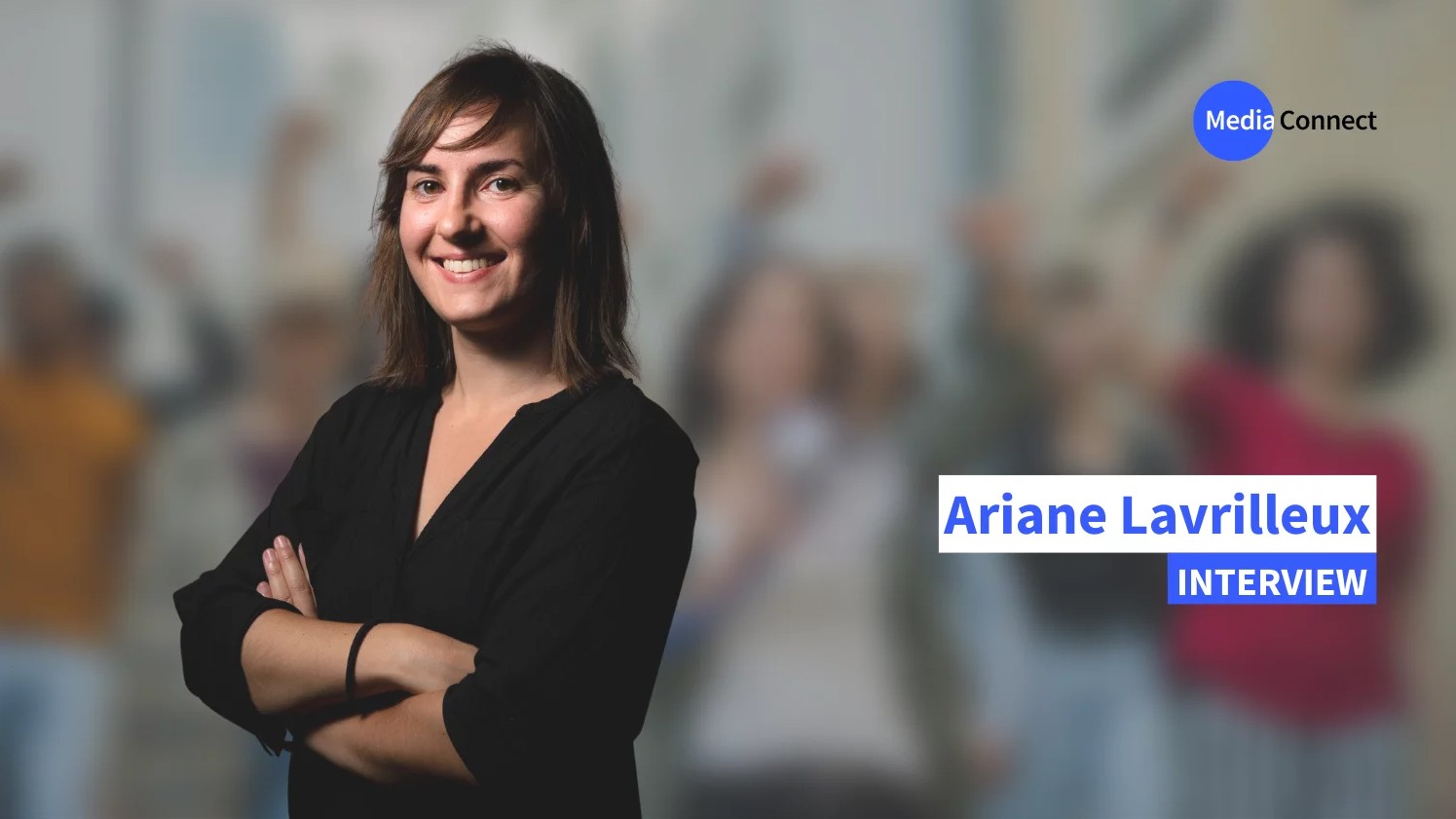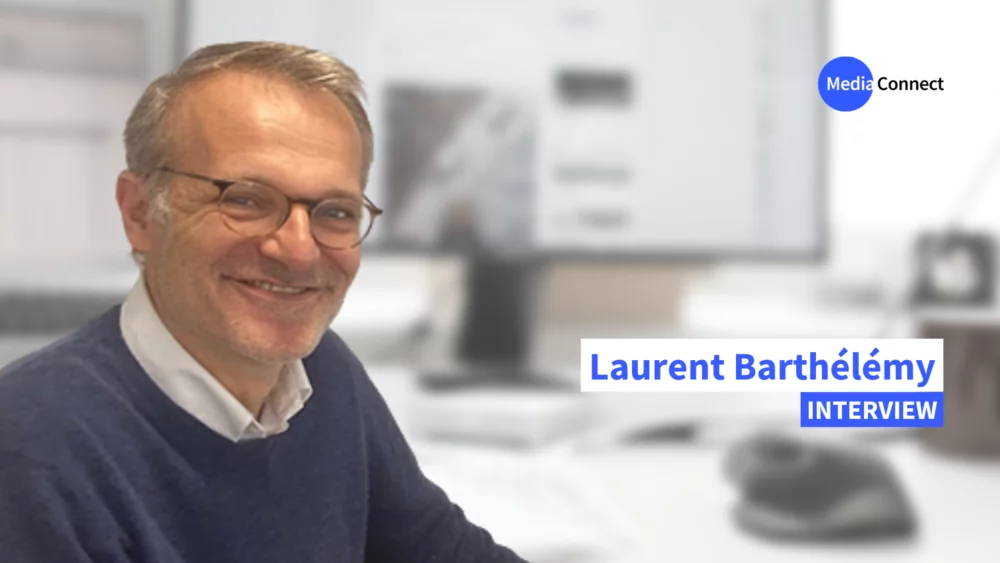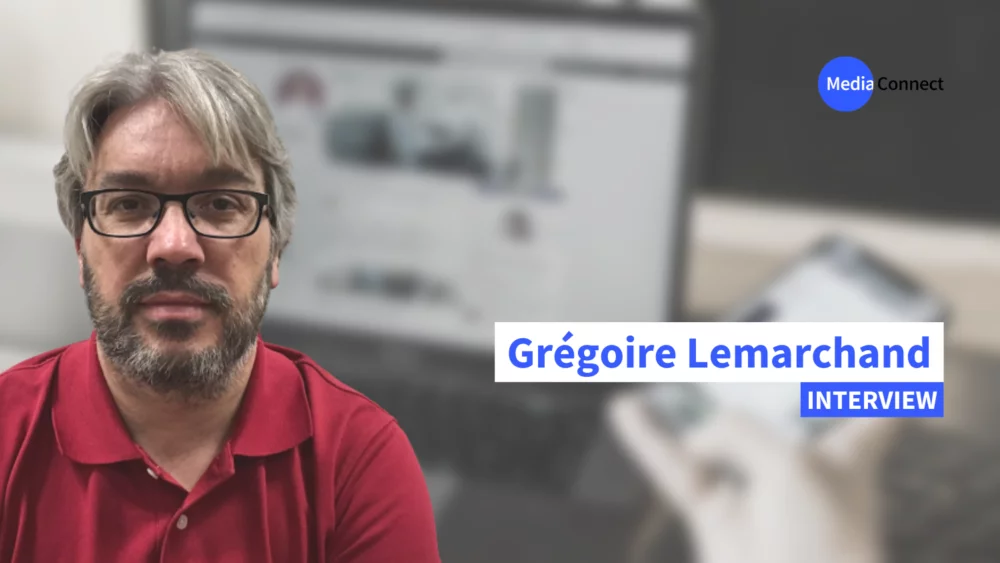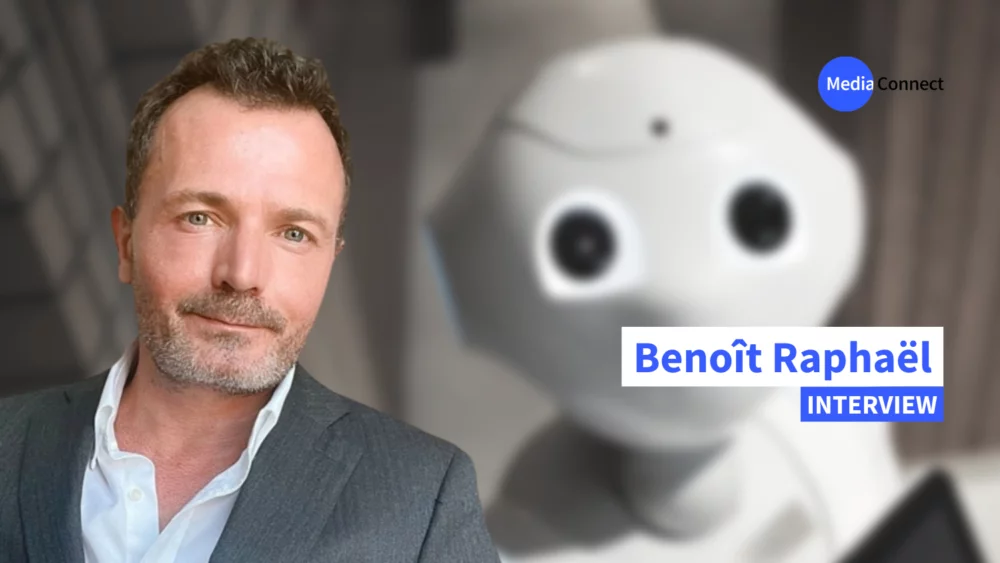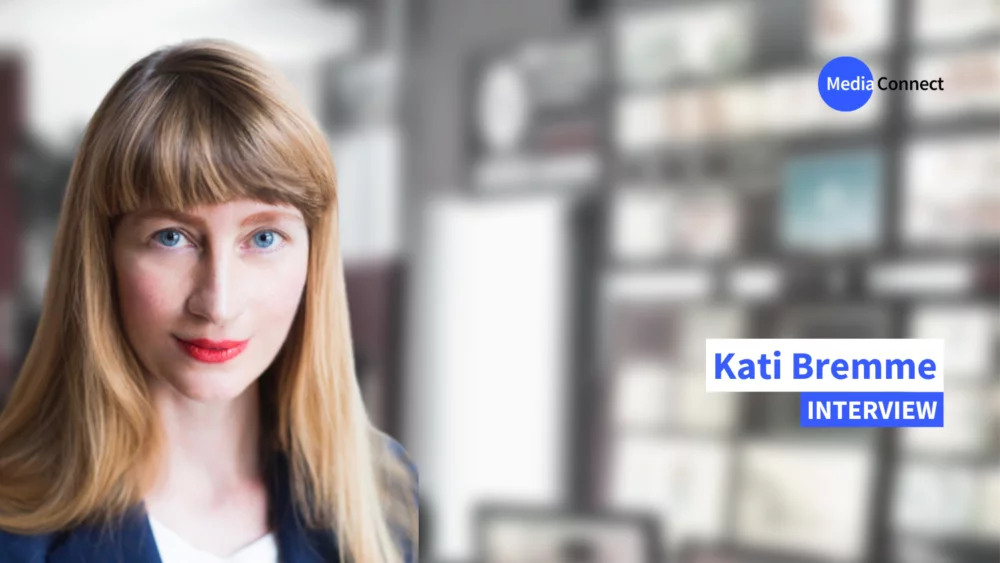You participated in the launch of the association “Prenons la Une” in 2014. What was the trigger for your engagement?
It was at the very beginning of my career, when I was a reporter at Europe 1, just after the “DSK affair.” In our newsrooms, several of us were shocked by the media coverage of this case, especially by how Dominique Strauss-Kahn was absolved of responsibility or even pitied, whether publicly or privately. With about twenty women journalists, we gathered to write a manifesto denouncing this media treatment, but also the daily sexism—sometimes extremely violent—that we experienced in our newsrooms. We felt the need to come together to talk about these issues.
What are the goals of your association?
We have two goals. The first is to achieve equality between men and women in equivalent positions within newsrooms. The second is a deontological goal: to obtain better news coverage from a gender perspective, one that no longer tolerates sexist, racist, or fatphobic comments. In other words, to simply achieve news coverage that is closer to reality, free of prejudices or stereotypes.
Could you share concrete examples of sexism women face in the media?
It can be everyday things, remarks that sometimes seem well-meaning, like editors assigning topics based on gender. For example, thinking that subjects related to defense or security should not be covered by a woman. This is called ordinary sexism. Sometimes it is more blatant, involving discrimination or even violence. We share testimonies from victims of harassment or sexual assault on our Instagram account. For example, I remember an intern who was pinched on the buttocks under the guise of a joke. These acts may seem insignificant even to their perpetrators, but they are displays of power that create an unsafe climate for women journalists and undermine their confidence.
What types of initiatives or programs do you offer for these women?
One major initiative is the listening and support unit we have offered for two years now. It’s like a helpline but accessible by email at soutien@prenonslaune.fr. Through it, our volunteers support and advise victims, assisted by pro bono lawyers. Since opening this line, we have been able to assist about twenty women journalists.
We also offer training in journalism schools and newsrooms. Two of our journalists, Marine Forestier and Aliénor Carrière, are professional trainers on issues related to fighting harassment and sexist and sexual violence at work.
Our trainings focus on preventing violence and discrimination as well as on the treatment of news. These are our two pillars. We are often contacted when there is an issue in a newsroom.
Do you have a mediation role?
No, we do not have that vocation. We do not help companies manage internal harassment issues. For that, paid professionals should be hired, and that is not our role. We focus on prevention and intervene on the substance.
Do you also address racist and homophobic discrimination?
Yes, we strive to address all forms of discrimination when we intervene in newsrooms and journalism schools. Among our initiatives is an anti-racist charter that we developed and that was signed in 2022 by six French media outlets: the news sites Mediapart and NEON, the podcast studios Nouvelles Ecoutes and Binge Audio, the feminist magazine La Déferlante, and the pure-player Loopsider.
Since 2018, we have included in our statutes that we are an intersectional association. But we also cannot speak on behalf of those directly concerned. So, we allied ourselves with AJL (Association of Lesbian, Gay, Bi, Trans and Intersex Journalists) and AJAR (Association of Anti-racist and Racialized Journalists), with whom we want to work more to mix experiences and perspectives to try to cover the full intersectionality of these issues.
Apart from representation statistics, how do you measure the impact of your actions?
It is difficult to measure our impact because we are not alone on the ground. Since the #MeToo movement, society is in a phase of much broader activism. This wave, of which we are a part, allows knowledge to spread more widely, and it’s hard to claim sole credit for it.
However, I can say that today we count nearly 200 members. In 10 years, we have gained notoriety and are seen by women journalists as a network to which they can turn and create bonds of solidarity. The goal is not just to revolutionize newsrooms because faced with very strong power relations, it is very important for us to be a reference.
What are the main challenges you face in this fight?
The main challenge? Patriarchy, for example! Change is slow, and the information industry is not conducive to reflection. Leadership remains mostly male and has not necessarily reflected on these issues. Above all, the industry and the production of information themselves are not favorable to reflection.
If channels are only now beginning to implement training and support groups on issues such as cyberharassment, it proves it was not a priority for newsrooms. Yet, we know that three out of four women journalists are victims. If three out of four women lost a leg on the job, newsrooms would react immediately! But since the Internet is not really considered “the field,” things change very slowly.
What concrete measures, from the government or even the media industry, do you propose to improve these conditions?
Together with other associations, we made several proposals during the General Assembly of the Independent Press. Notably, we proposed that public subsidies from the Ministry of Culture be conditional: subsidies should be withdrawn for media outlets that do not reach 95/100 on the gender equality index or that have been convicted for sexist, racist, LGBT-phobic, or discriminatory remarks, or that simply do not respect labor laws.
Have you formed other collaborations or partnerships to strengthen your fight?
This year, for the first time, we received financial support from the Fondation des Femmes. This aid will allow us to organize summer universities where we will review these 10 years of action in the media, our progress, and what still remains to be done.
How do you see the future? Is there light at the end of the tunnel?
We are the permanent light at the end of the tunnel. We accomplish small victories step by step. For example, we obtained maternity leave for freelance women journalists, which had been completely overlooked until now. We also convinced journalism schools of the necessity of our interventions, even though they were strongly opposed 10 years ago. This is how we progress, we gradually gain ground. And ultimately, everyone has realized that our action is beneficial for the good of journalism. We have been fighting somewhat alone for 10 years, but now men need to reflect on their role: they too can participate in the change. Journalism remains a gender-balanced profession, so they hold half of the solution in their hands.
By Alix FORTIN

